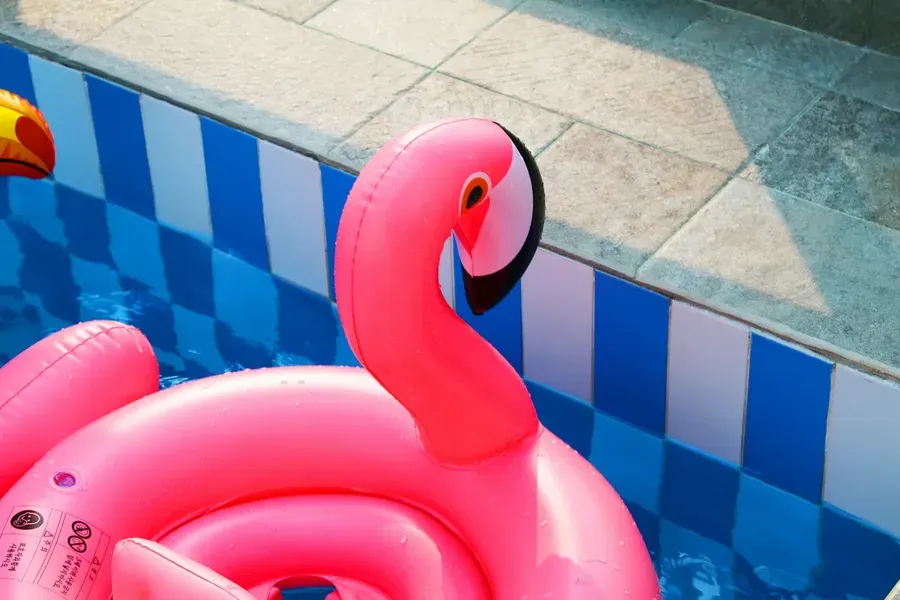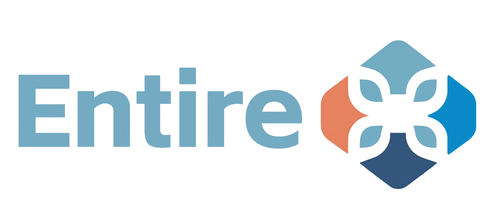Children's Seating (HS 9401) & Tariffs: Sourcing Guide for Juvenile Product Execs

The 2025 US tariffs on Chinese imports are creating significant challenges for the juvenile products industry, particularly for children's seating falling under HS Code 9401 (which includes high chairs, booster seats, children's chairs for various activities, etc.). Executives at leading brands like Graco, Chicco, Stokke, and IKEA, as well as specialized manufacturers, must now re-evaluate sourcing strategies, cost structures, and compliance pathways for these essential products.
- 1. China's Hold on High Chairs: Gauging US Market Dependency?
- 2. Sourcing Seats Globally: Who Are the Key Players Beyond Beijing?
- 3. The Price of Diversification: Cost Shifts for Sourcing Children's Seating Elsewhere?
- 4. Made in Mexico? Navigating USMCA for Kids' Furniture Sets.
- 5. Shipping Showdown: China vs. E. Europe vs. Mexico for Juvenile Seating Logistics?
- 6. Beyond the Basics: Critical ASTM Safety Checks for High Chairs & Boosters?
- 7. Material Matters: Uncovering Supply Chain Risks for Safe Children's Seating?
1. China's Hold on High Chairs: Gauging US Market Dependency?
How reliant is the US juvenile products market on China for specific types of children's seating under HS 9401 (e.g., high chairs, dining booster seats, children's study chairs)?
The US market's dependence on China for HS 9401 children's seating is very high:
* High Chairs (e.g., Graco Table2Table, IKEA Antilop): Approximately 70-85% are sourced from China, leveraging its capabilities in plastics, metal tubing, and sewn goods.
* Booster Seats (Dining & Car transitional): For dining booster seats, China accounts for 65-80%. (Note: Dedicated car safety seats fall under different HS codes and regulations).
* Children's Activity Chairs & Stools (e.g., for play tables, small desks): Reliance is around 60-75%, especially for mass-market plastic and basic wooden chairs.
* Premium/Designer Children's Chairs (e.g., Stokke Tripp Trapp style): While some European production exists (e.g., Stokke itself in Europe), many components or similar styled chairs from other brands are still heavily reliant on Chinese manufacturing (40-60%).
2. Sourcing Seats Globally: Who Are the Key Players Beyond Beijing?
Beyond China, what are key alternative production locations for items like Chicco's portable booster seats or Delta Children's themed chairs, including notable OEM/ODM furniture suppliers in regions like Vietnam, Indonesia, or Poland?
Alternative manufacturing hubs are emerging:
* Vietnam & Indonesia: Increasingly strong in wooden furniture and becoming more capable in plastics. Major brands like Artsana (Chicco) and Delta Children are diversifying here. Look for large OEM furniture groups with juvenile product experience.
* Eastern Europe (Poland, Romania, Baltics): Established furniture manufacturing base, particularly for wooden items. Companies like Stokke produce in Europe. Some Polish/Baltic factories are known for quality children's furniture supplying EU brands (e.g., Vox Furniture often has children's lines) and may have OEM capacity.
* Malaysia & Thailand: Offer capabilities in both wood and plastics; some large Taiwanese or Chinese furniture OEMs have set up satellite plants here.
* Mexico: Growing interest for bulky items to serve the US market, though specialized juvenile furniture expertise is still developing compared to Asia or E. Europe.
3. The Price of Diversification: Cost Shifts for Sourcing Children's Seating Elsewhere?
What are the typical unit cost percentage increases when sourcing solid wood children's dining chairs from Malaysia or injection-molded plastic children's stools from Mexico, compared to China (factoring in materials, molds, and labor)?
Expect cost variations:
* Solid Wood Children's Dining Chairs (e.g., rubberwood, beech):
* Malaysia/Vietnam: +10% to +25% versus China. Depends on wood species availability, finishing complexity, and labor efficiency.
* Injection-Molded Plastic Stools/Chairs:
* Mexico: +15% to +35%** vs. China. Resin costs, mold complexity/amortization (if new molds are needed), and skilled labor for finishing/assembly are key drivers. Proximity savings on freight may partially offset this for bulky items.
4. Made in Mexico? Navigating USMCA for Kids' Furniture Sets.
Can assembling children's activity table & chair sets for brands like Skip Hop or Fisher-Price in Mexico meet USMCA origin rules? What are the requirements for imported wood components, plastic parts, and hardware?
USMCA compliance for children's furniture assembled in Mexico is feasible, usually through RVC or tariff shift rules:
* Wooden Components: If wood parts (e.g., tabletops, chair legs) are imported from outside North America (e.g., Asia), they must undergo substantial transformation in Mexico (e.g., more than simple assembly – perhaps finishing, significant joinery). Alternatively, sourcing NAFTA-qualifying lumber/panels (e.g., US-origin maple, FSC certified if required by brand) is preferable.
* Plastic Parts: Similar transformation rules apply, or they must be molded in North America from NA-origin or sufficiently transformed resins.
* Hardware (fasteners, brackets): Often subject to de minimis rules if value is low, but sourcing from North American suppliers is safer for RVC calculations. All components must meet CPSIA safety standards regardless of origin.
* Certification: JPMA (Juvenile Products Manufacturers Association) certification is often sought by brands and requires rigorous testing, which must be factored into the Mexican operation.
5. Shipping Showdown: China vs. E. Europe vs. Mexico for Juvenile Seating Logistics?
For a container of modular children's desks/chairs or upholstered toddler armchairs (HS 9401), how do transit times and transport costs compare when shipping from China or Eastern Europe to the US, versus trucking from Mexico?
- China (Sea to US WC + Inland): 30-50 days. Ocean freight for bulky furniture is a major factor.
- Eastern Europe (e.g., Poland via EU port to US EC + Inland): 25-45 days. Can be competitive to US East Coast, but potentially higher freight than Asia.
- Mexico (Cross-border Truck to US Hubs): 5-15 days. Significantly faster, reducing inventory. For bulky, assembled furniture, trucking can be more cost-effective per CBM than less-than-full container sea freight if volumes are inconsistent.
6. Beyond the Basics: Critical ASTM Safety Checks for High Chairs & Boosters?
When importing high chairs and booster seats, what specific test items under ASTM F404 (High Chair Safety) and ASTM F2640 (Booster Seat Safety) require close attention beyond general CPSIA compliance?
Beyond general CPSIA (lead, phthalates, small parts):
* ASTM F404 (High Chairs):
* Stability: Resistance to tipping forward, sideways, and rearward.
* Restraint System: Integrity, adjustability, and effectiveness of safety straps (5-point or 3-point harness).
* Tray Integrity & Latching: Secure tray attachment, resistance to dislodgement.
* Structural Integrity: Load testing, drop tests, no hazardous gaps or openings.
* Passive Crotch Restraint: Effectiveness.
* ASTM F2640 (Booster Seats for Dining):
* Attachment to Adult Chair: Secure and stable attachment mechanisms.
* Stability on Adult Chair: Resistance to tipping/sliding when occupied.
* Restraint System: Similar to high chairs, ensuring child is secured in the booster.
* Structural Integrity: Ability to withstand loads and stresses.
7. Material Matters: Uncovering Supply Chain Risks for Safe Children's Seating?
Are there critical supply chain vulnerabilities for materials like eco-friendly E0/P2 grade plywood, infant-safe PP/TPE plastics, non-toxic water-based paints, or durable, cleanable textile fabrics used in children's seating?
Yes, key vulnerabilities include:
* Certified Low-Emission Wood Panels (E0/P2 Plywood, MDF): Consistent supply of panels meeting formaldehyde emission standards (e.g., CARB Phase 2) can be challenging from new regions. FSC/PEFC certification adds another layer.
* Infant-Safe Plastics (BPA-free PP, TPEs for overmolding): Ensuring consistent quality, color, and compliance (e.g., FDA food-contact if applicable) for plastics that children might chew on.
* Non-Toxic Water-Based Paints & Finishes: Reliable suppliers of durable, safe coatings meeting US/EU toy safety directives (e.g., EN71-3 for heavy metals) are critical.
* Durable & Cleanable Textiles (for high chair pads, boosters): Fabrics need to be stain-resistant, easily wipeable, meet flammability standards (e.g., CA TB 117), and be free of harmful chemicals (e.g., PFAS). Specialized textile mills may be concentrated.
* High-Quality, Child-Safe Hardware: Small metal/plastic components (buckles, adjusters, screws) must be durable and designed to prevent pinching or choking hazards.
Disclaimer: The information provided in this article is for general informational purposes only and does not constitute financial, legal, or specific sourcing advice. Market conditions are highly dynamic and specific advice should be sought from qualified professionals.




